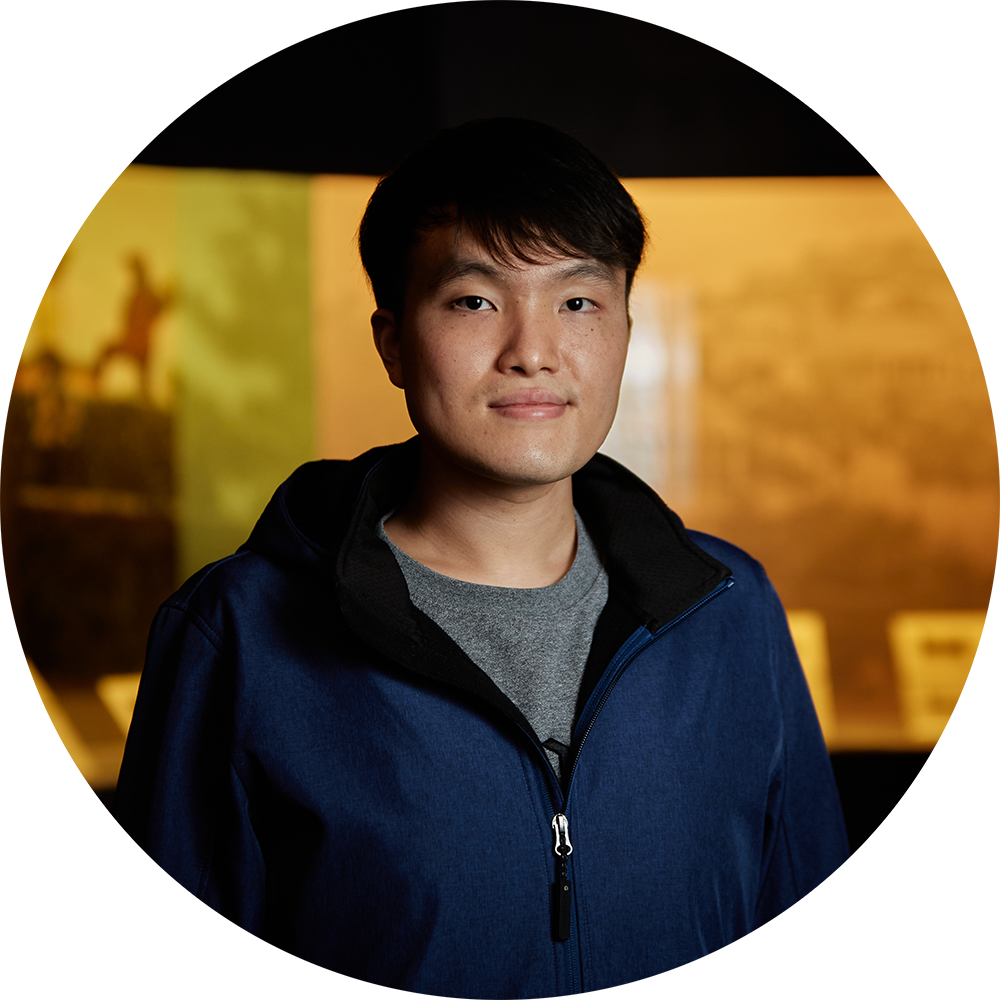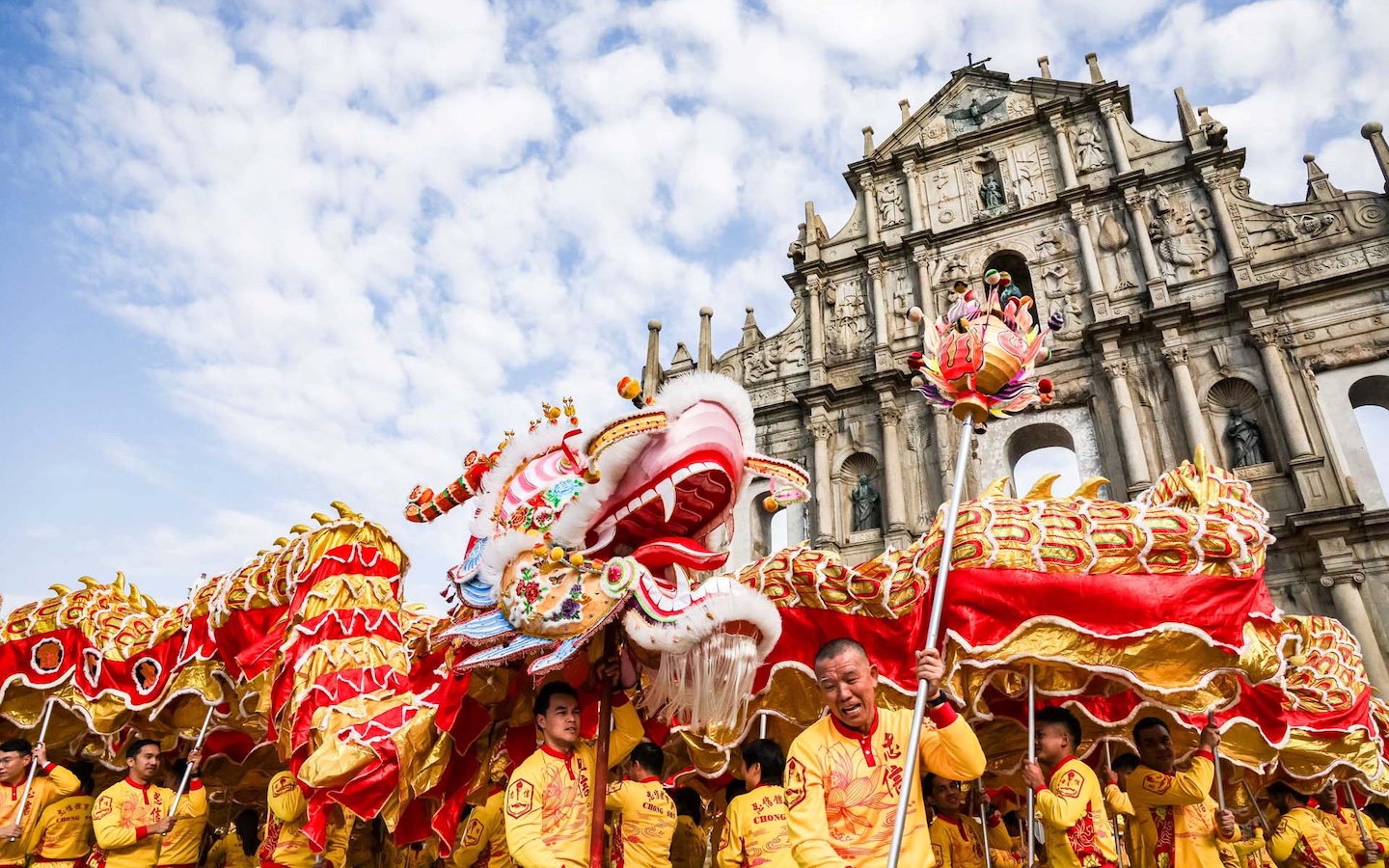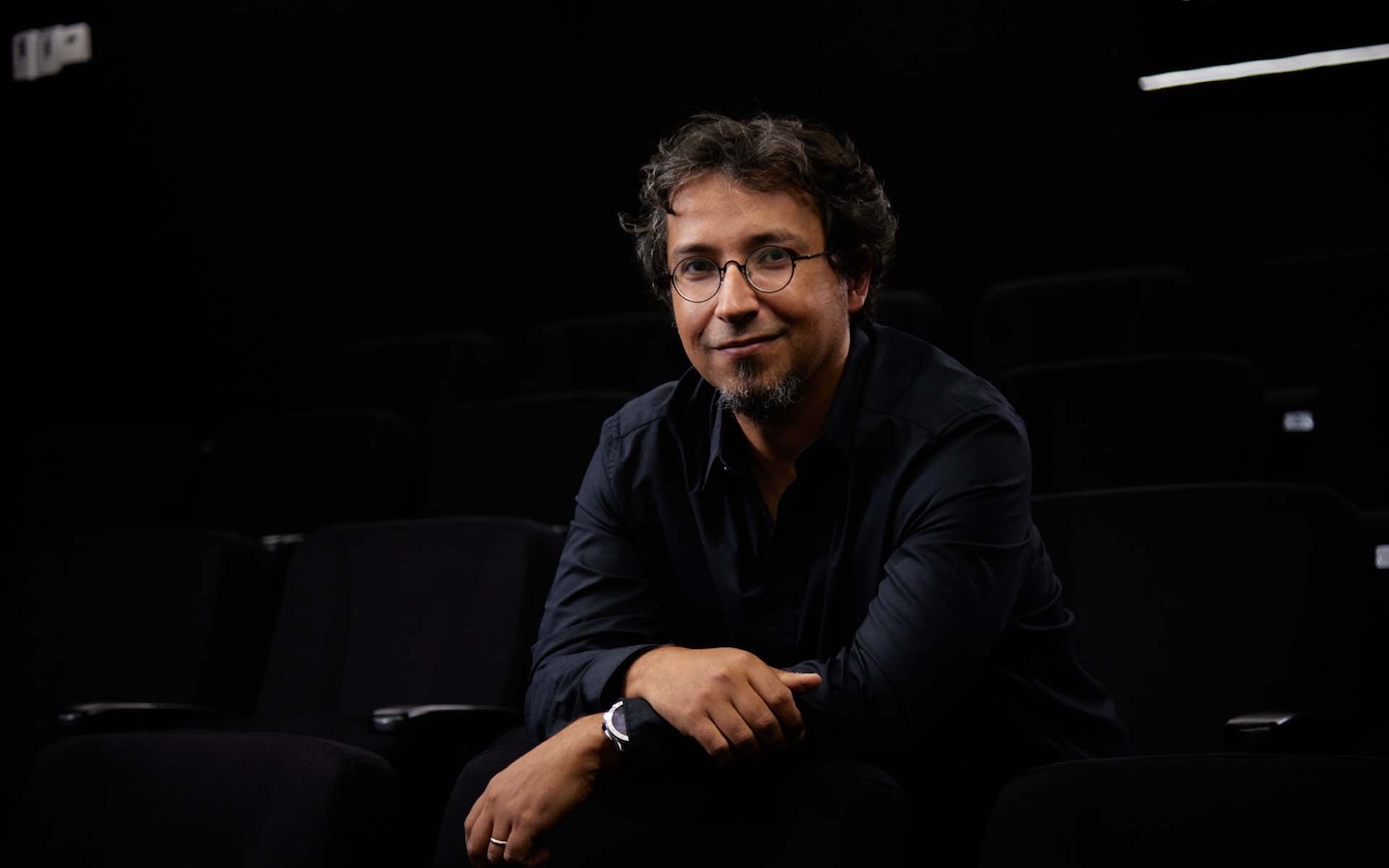Wander through a wonderful world of old postcards at this exciting – and interactive – Macao Museum exhibition.
Almost everyone has a camera phone these days and access to email. Sending a photo or a message during your travels has never been quicker or easier.
But before the dawn of the internet and smartphones, keeping your loved ones up to date during your holidays was a simpler, arguably more beautiful affair. You sent a postcard. These usually rectangular pieces of card combined both a striking image of your destination with your own heartfelt message – and, of course, you didn’t need the excuse of a holiday to send one. Ever since the first one was sent in 1840, the world fell in love with the postcard.
Today, postcards are, on the whole, seen as a remnant of a not-too-distant past. And they have certainly been collectors’ items for decades. Macao is no different, with a handful of avid collectors in the city and an arsenal of postcards – some dating as far back as the late 19th century and others as recent as the 1990s – that have been kept, looked after and treasured. And now you can see some of these treasured pieces on display at Macao Museum in an exhibition that opened in September and will be running until 18 April. ‘Memory of the Past’ boasts more than 180 postcards and it’s already seen a steady stream of visitors over the past few months.
Brian Cheang Kin Chio, one of Macao Museum’s curators of the exhibition, says that in addition to postcards with Macao themes and images on display, there are also pieces from Hong Kong and mainland Chinese cities like Beijing, Tianjin, Guangzhou and Shanghai. “Through these postcards,” he says, “we not only hope our audience can see Macao’s charming scenery but also the social and cultural characteristics of its multicultural coexistence.”

Macao Museum’s curators of the
exhibition丨Photo by António Sanmarful
These postcards show important images because they depict what the view of the city looked like at the end of the 19th and early 20th centuries.
– Brian Cheang Kin Chio
The exhibition is divided into two sections – ‘Macao in the Old Days’ and ‘Today’s Macao’. These sections are further divided, with the former guiding visitors through the city’s ‘Coastal Scenery’, ‘Elegant Architecture’ and ‘Lush Gardens’ in bygone days, while the latter showcases the city’s special features mainly in the 1990s when it was going through great changes. Sections include ‘Interlaced Lanes’, ‘Accessible Transportation’, ‘Recreation and Entertainment’ and ‘Outstanding Talents and Profound Culture’. Cheang says: “Visitors experience each theme to better understand and appreciate Macao from different angles of the city.”
Team effort
Many people at the museum and beyond have made this exhibition become a reality. Cheang says that the curatorial team has included curators, writers, photographers, computer programmers and many more. “While preparing the exhibition took a year from conception to operation,” he says, “this has really been in the works for more than 100 years since the publication of these postcards. And in terms of the time taken
to accumulate this current collection, it’s been more than 20 years since the Macao Museum was established.”
Cheang says that the oldest postcards on display are six pieces that commemorated the 400th anniversary of the discovery of the route from Europe to India via the Cape of Good Hope by Portuguese explorer Vasco da Gama. They date back to 1898 and were originally produced as part of a set of 12. “This collection,” he says, referring to all the postcards on display, “is really the result of years of donations, transfers of historical artifacts from the public sector and purchases locally and abroad.”
Ho Weng Hong, a 63-year-old local postcard collector who has taken an interest in the exhibition, shares the importance behind preserving these antique pieces. “Macao is a very old city,” he says, “and you can see some churches, temples and buildings are in either Chinese style or Portuguese style. However, with the development of the city, some buildings have been destroyed or have disappeared. Old postcards can document this change, serving an important purpose as the landscape of the city has morphed over the years. Buildings that no longer exist now can still be seen in these postcards.”
Virtually incredible
For those who can’t make it to the exhibition – or for those who do go along but nevertheless want a cool technological experience – the Macao Museum team has launched a ‘360-degree virtual reality (VR) experience’ so you can view the displays from the comfort of your own home. “Today,” explains Cheang, “museums worldwide are committed to developing digital and mobile services where VR technology provides visitors with a visual sense of presence and an unrestricted view of three-dimensional spaces.” Additionally, says Cheang, this was in line with instructions from the mainland’s National Administration of Cultural Heritage urging museums at all levels to actively expand their online services.

It isn’t the first time that the museum has created a fantastic digital experience. In 2018, it launched a mobile app for its own 20th anniversary that included both a VR experience and an augmented reality (AR) display so people could see some of their collections on their phones or laptops without having to go into the building that sits within the walls of Mount Fortress. But this new tech for the postcard exhibition is the first full-on VR platform the museum has ever created – and, incredibly, it only took three weeks to prepare. Cheang says: “The process required technicians to photograph the exhibition and then test [the VR platform] repeatedly to verify the results so the best public viewing experience was ensured.”
In the future, Cheang expects that the museum will continue to launch more VR experiences of its exhibitions by making use of the technology that’s out there. While some of the more interactive parts of the exhibition – like creating a digital postcard or the educational area – aren’t accessible on the VR platform, it’s a creative pilot effort that promotes the museum’s development through both online and offline approaches.
As we visit the exhibition with Cheang, he points to a panoramic view overlooking Macao and says this is his favourite piece from all the postcards on display. “You can see the early Praia Grande,” he says, “as well as the Inner Harbour, the hills, the iconic churches, the public buildings, the stately homes, the hotels and the fortresses. They are important images because they show what the view of the city looked like at the end of the 19th and early 20th centuries.” He also points out how unique the postcard is as it is a tri-fold piece – literally folded twice to create three parts. “This is very different from what you usually get when it comes to a postcard,” he notes.
The ‘Memory of the Past’ exhibition perfectly reflects Macao’s role as a place of exchange between different cultures. “Visitors can see the fascinating aspects of Macao in different periods over the past 100 years,” says Cheang, “and because of this, the postcards have earned much praise from visitors.” Collector Ho adds: “I think, with postcards, we can replay memories from when we were small and really look into the past.”
#1 Question: What is the oldest postcard in the world?
Answer: According to the Guinness World Records, the earliest known postcard was sent by a man called Theodore Hook in 1840. He sent the card to his own address in Fulham, London. It depicts a coloured caricature of Post Office scribes sitting around a massive inkwell and may also be the most expensive postcard ever, selling in 2002 for £31,750 (around MOP 337,000) to a buyer in Latvia.
#2 Question: What is the correct term for a postcard collector?
Answer: A collector of postcards is called a deltiologist. The word ‘deltiology’ comes from the Greek for a small writing tablet and describes both the study and collection of postcards. Professor Randall Rhodes from Ohio in the US coined the word in 1945.
#3 Question: Which postcard sold the most copies worldwide?
Answer: Donald McGill’s ‘Kipling’ postcard by a country mile. This piece sold more than six million copies across the globe. McGill was a famous ‘saucy postcard’ designer from London who specialised in creating controversial scenes in the early to mid-20th century. The ‘Kipling’ work depicts a man and woman under a tree.



